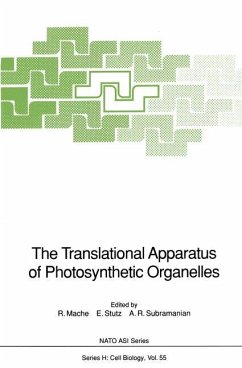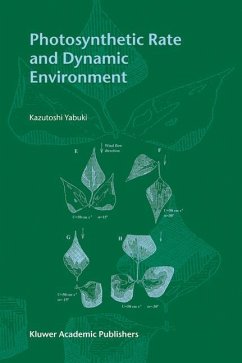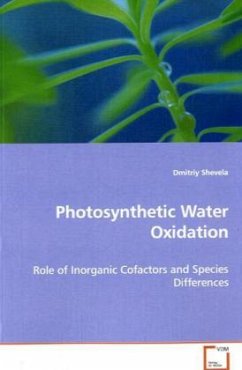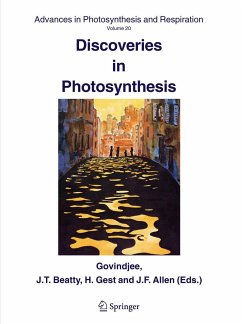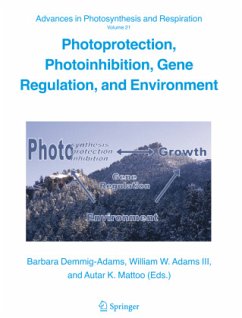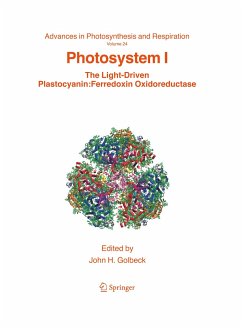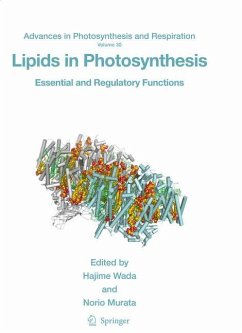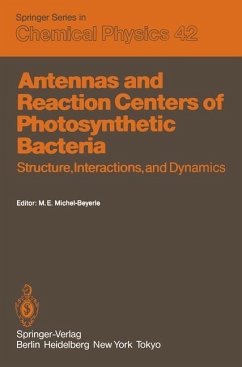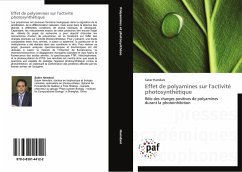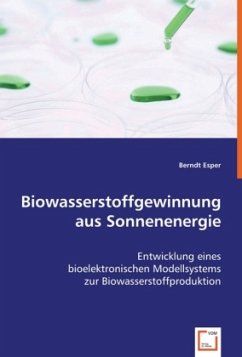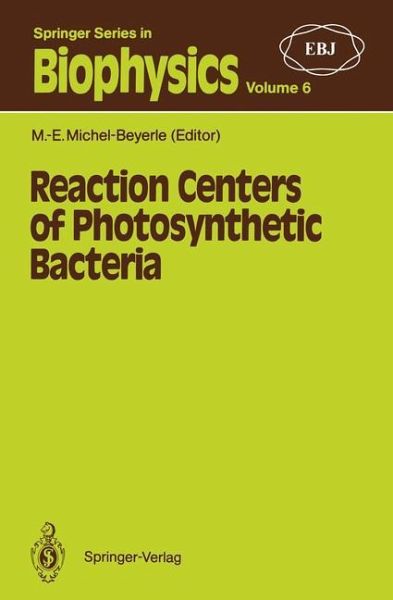
Reaction Centers of Photosynthetic Bacteria
Feldafing-II-Meeting
Herausgegeben von Michel-Beyerle, M.-E.

PAYBACK Punkte
39 °P sammeln!
Reaction Centers of Photosynthetic Bacteria is an updated record on the most recent insight into the struc- ture/function relationship of reaction centers from photosynthetic bacteria. It addresses in particular, interactions and dynamics which determine the ultra-high quantum yield of photoinduced charge separation in these energy-transforming molecular machines. Of particular interest is the still controversial issue of the primary charge separation mechanism as well as the effects of well-defined modifications, introduced either by mutagenic replacements in the protein matrix or by chemical...
Reaction Centers of Photosynthetic Bacteria is an updated record on the most recent insight into the struc- ture/function relationship of reaction centers from photosynthetic bacteria. It addresses in particular, interactions and dynamics which determine the ultra-high quantum yield of photoinduced charge separation in these energy-transforming molecular machines. Of particular interest is the still controversial issue of the primary charge separation mechanism as well as the effects of well-defined modifications, introduced either by mutagenic replacements in the protein matrix or by chemical exchange of reaction center pigments. Also described are the methods used for the characterization of interactions and dynamics important for electron transfer processes in the reaction center.





